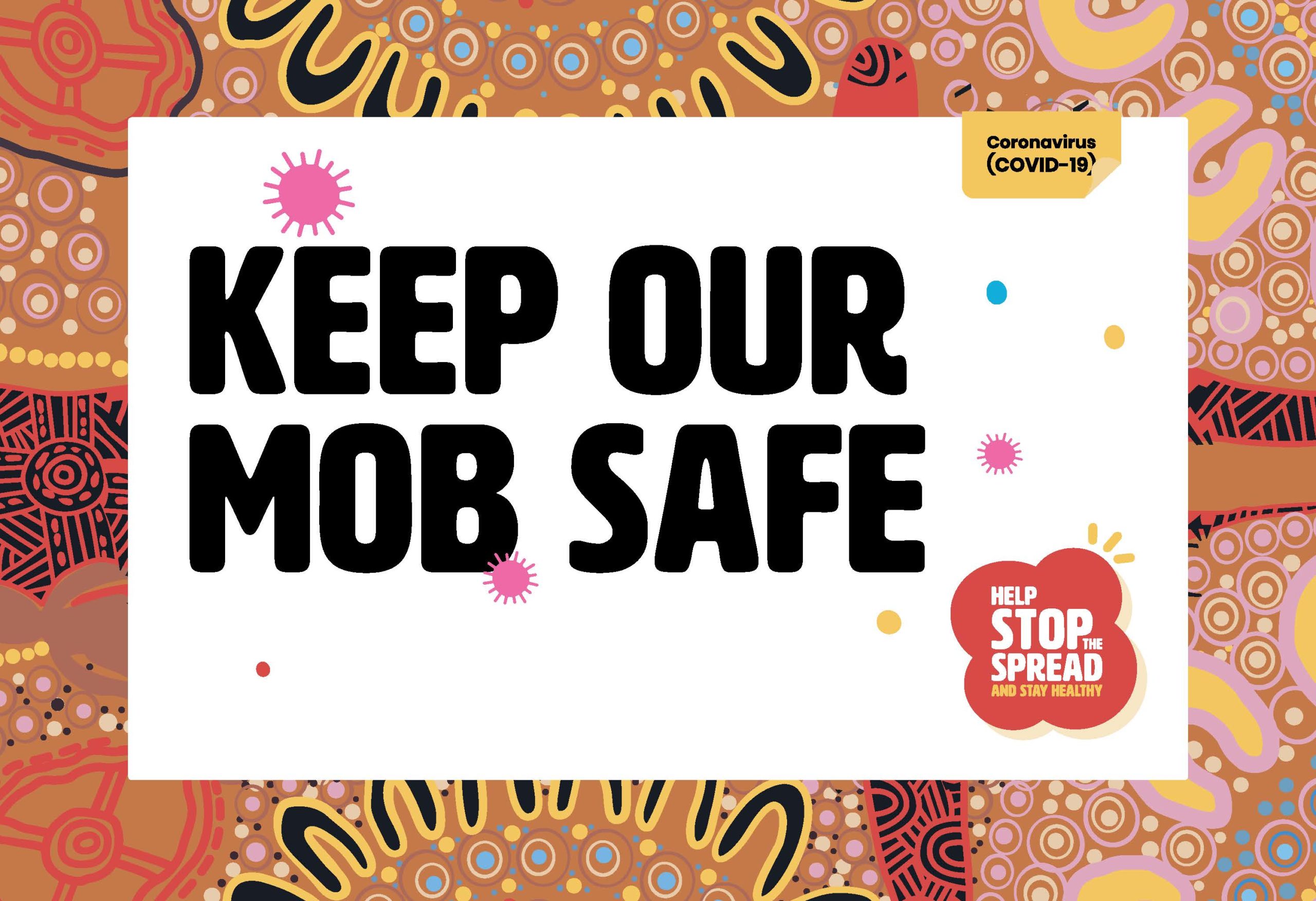In spite of their vulnerable health status, older Indigenous Australian women have come through this year’s Covid threat incredibly well. There’s a lot the rest of us could learn from why that happened.
So what did happen?
Indigenous communities rallied to protect their elders. In Aboriginal and Torres Strait Islander cultures older people are respected and looked up to, so everyone around them heeded the call to take care of them.
Which is not what occurred across the board in the rest of the country.
That’s not to say it didn’t happen at all, because at a local level it certainly did. Plenty of families and neighbours did grocery shopping for older people, cooked them meals and left offers of help in their mailboxes.
But this care and support isn’t reflected in the way our society looks after older people generally. And most older people are women.
Covid has shone a light on the patchy state of our aged care system. Almost 70% of Australia’s Covid deaths to date have been in aged care. At a time when we have more older people than ever before, it’s disturbing that this sector is in such a bad way.
So bad that Australia has been rated 103rd in the world in terms of way we care for older people.
At federal level, funding and support for aged care has been whittled away for over a decade by successive governments and increasingly outsourced to the private sector whose priority, unsurprisingly, is making a profit.
But long before women make it to aged care, many are in difficult straits: older women have become the face of unemployment, poverty and homelessness in Australia.
It happens easily enough. Often they’ve been divorced or widowed, never married, left a violent relationship, had hefty healthcare costs to meet or just struggled to get work as an older woman. Or some combination of those.
One of the casualties of businesses winding down due to Covid is the number of older women likely to never work again. When I say older women, I’m talking about women over 50. Hardly old.
Many have nothing but JobSeeker to live on until they get the (inadequate) aged pension. Far more women than men rely on the pension. And as we know, women retire with almost 50% less super, if they have any at all.
Research in Melbourne in 2017 found that in the preceding five years the number of older women couch surfing in that city increased by 83%. There was also a 75 per cent increase in older women sleeping in cars and presenting at homelessness services.
It’s impossible to age healthily under those circumstances.
Of course, many older indigenous women are in a similar position economically. The difference is the level of respect with which they’re viewed within their own culture. Non-indigenous women could be so lucky.
While the current federal government didn’t create the aged care mess by themselves, so far there’s little indication that they’re about to make the changes that are so sorely needed.
The states also need to step up. To that end at least Victoria is apparently planning to expand its social housing as part of its COVID recovery. There needs to be much more of that.
Culture plays a big role in shaping a nation’s identity, and the way we treat our older people says a lot about who we are.
If only we were wise enough to learn from what Aboriginal and Torres Strait Islander people have to teach us.
Photo Source: Australian Government Dept of Health

